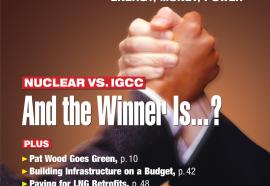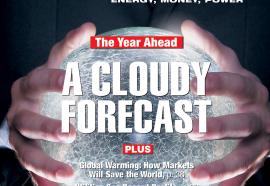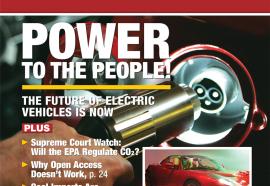LNG Mitigation Costs: Who Will pick up the tab?
FERC issues a surprising order regarding responsibility for LNG-related retrofit costs.
The answer to the question of who will be responsible for cost-mitigation measures to accommodate the introduction of large quantities of LNG into the U.S. pipeline grid remains up in the air for now, but there are signs pointing in one particular direction: toward ratepayers.











